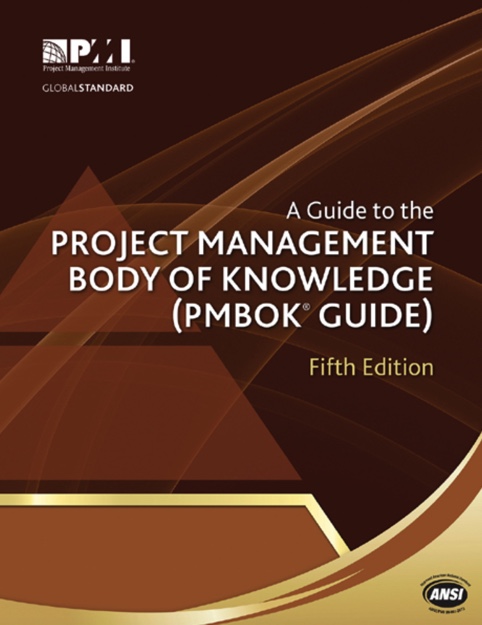Picture it, still federal government contracting, twenty fourteen.
Mike has been managing projects for some years and decides to get certified just in case.
This post is part 3 of a 5-part series on Mike’s certification history.
- A+ in the ’90s
- CISSP in 2012
- PMP in 2014
- CKA in 2021
- CKS in the future
These are not meant to be instructive or helpful in any way in terms of achieving the certifications. They’re simply an account of my deciding to become certified and how I got it done.
For the record, I have never tried any other certifications.
Collecting the knowledge to be tested
Since about 2008, I had been doing project management stuff under the expert tutelage of some incredibly smart consultants. Growing from a nerdy guy configuring things into a nerdy guy leading projects took some time but by 2012 I was doing the whole PMBOK style project management.

Project Management Body of Knowledge (PMBOK)
Boring but helpful reference book with good diagrams and tables
Ironically, at the same time, PMBOK style management was falling out of favor and being replaced with agile project management and product management techniques. PMI didn’t seem to react much to the changing winds so while every proposal submitted had lots of talk of “iterative design” and “minimum viable product” the timelines and schedules were all very waterfall. This pleased the government procurement teams so PMBOK lived on.
I was just about to leave this environment and move on to account management for a health information exchange so before the methods and terminology left my brain, I decided to get certified.
The final source of information was simply reading the whole PMBOK cover-to-cover in the month leading up to the exam. I skipped a lot of sections that I already knew or didn’t deviate much from practical experience. The tables and diagrams for things like phases of a project and methodology applications were where I mainly focused.
Testing strategy
This one was a computer-based test so I just went to a testing center, answered questions on the computer, and left. Not as long of a session as the CISSP so no need for snacks. No pencils.
Still a multiple choice test so the same deductive reasoning as prior tests was applied. After completing the CKA exam, lab-based certifications are really something I will care about in the future. The multiple-choice approach is unconvincing.
Test day
I simply showed up and answered as much as I could. I didn’t hit the time boundary and got through everything but there were a lot of gaps.
I Passed
With a low score but still they let me in. If anything I lost faith in the certification when I saw the type of riffraff that they’d let in, namely myself.
Follow-on activities
I joined PMI as a professional organization member and tried to keep up with CPEs. This year I am actually letting it all lapse since it’s become so irrelevant that I can’t justify the few hours it would take to satisfy the requirements.
The next one I went for was the CKA just recently.